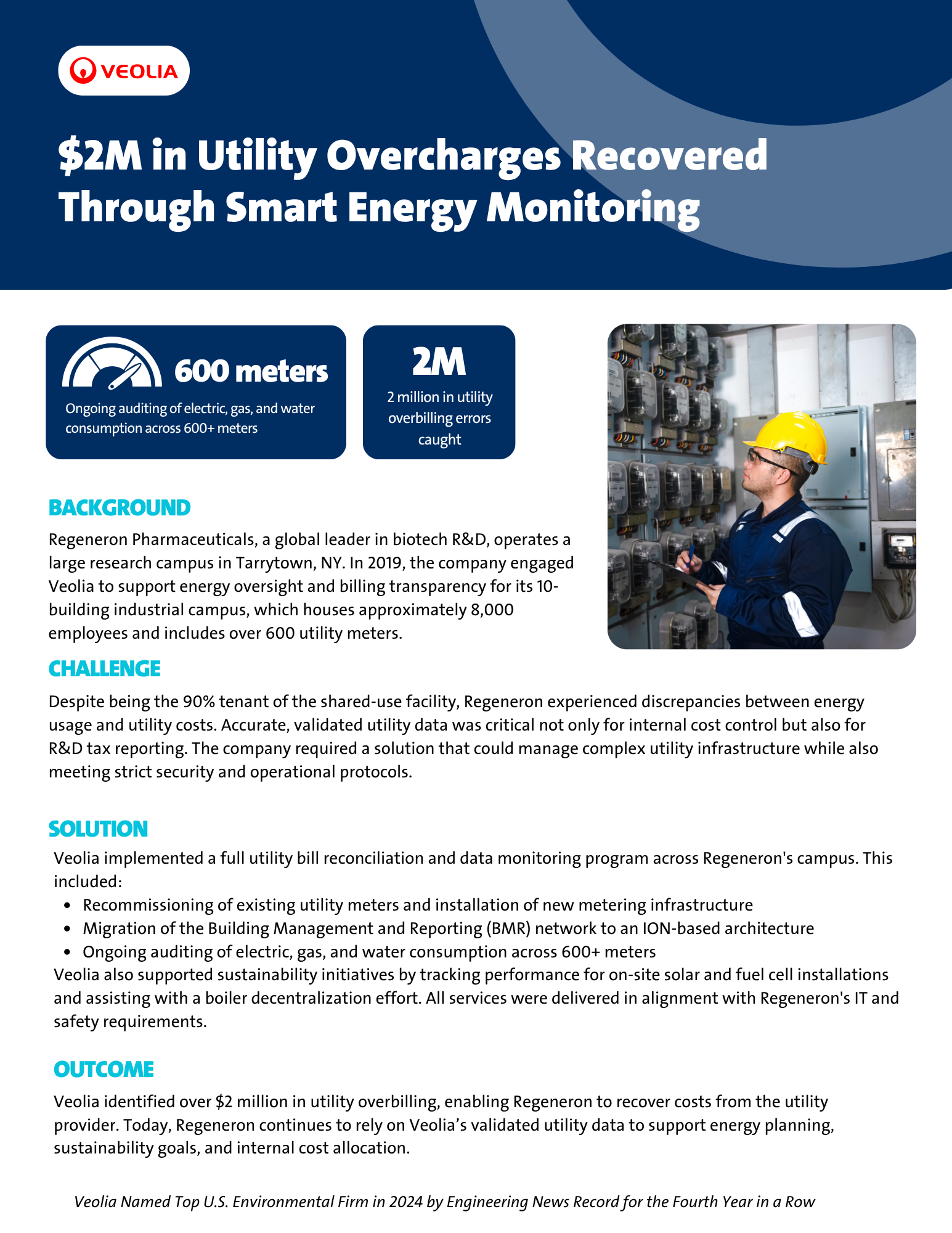On June 24, 2025, a brutal heatwave pushed Eastern Seaboard temperatures over 100°F. Cooling systems in homes, businesses and data centers ran at full tilt, driving electricity demand to extreme levels. Utilities issued their usual alerts, calling on backup power and demand response programs to balance the load.
But there was a problem: Early signs show the grid’s warnings may have lagged—missing the hour that set the year’s highest costs.
The notifications may have picked the wrong hour, after the actual peak—those few critical hours that set millions of dollars in future charges—had already passed. Preliminary data suggests that alerts arrived too late for many demand response resources to fully activate. Businesses had already imported power during the most expensive hours of the year—without anyone realizing it.

The Invisible Drain on Your Bottom Line
For the companies affected, June 24th felt like any other day. No alarms sounded. Operations went on as usual. But when capacity and transmission charges eventually landed on their statements, the damage was done. Missing these peaks is increasingly costly because they are tied to capacity auctions that set costs for an entire “capacity year”—a period that in markets like PJM Interconnection and ISO-NE runs from June 1 to May 31.
The specifics vary by region. In PJM, capacity costs are based on the average of the five highest peak days, while in ISO-New England they are set using a single system-wide peak hour. (Not familiar with PJM or how its capacity market works? Read our explainer here.) Missing these events—even once—can add hundreds of thousands per MW-day in avoidable charges.
Transmission costs add to the risk, often approaching $200,000 per MW and rising as data center demand grows. These charges compound, making it critical to know the right hour to act—potentially saving your business and community significant money.
Why Utilities Keep Missing the Target
Utilities—and even PJM itself—can sometimes struggle to predict these peaks with precision. They rely on broad forecasts and historical patterns, but conditions can shift in minutes. Their alerts are generic, covering wide regions instead of specific facilities, and they often err on the side of caution—sending signals too early or too late.
Without access to real-time, site-level analytics or the ability to dynamically control assets, these forecasts simply can’t respond fast enough to capture the true peaks. Every miss leaves businesses exposed to avoidable charges. Beyond cost savings, reducing load on peak days also benefits the surrounding community—helping stabilize the grid, lowering emissions during critical times and demonstrating that these large public entities are responsible neighbors as well as prudent operators.

The Predictive Advantage: Avoiding Missed Peaks
To correctly anticipate—and respond to—peak events, sites need both insight into regional grid conditions and the ability to dynamically control their own assets. Advanced predictive peak shaving combines these elements. Advanced prediction technology uses high-resolution regional forecasting—weather, grid load, solar output—and live operational data from your facility to predict peaks with far greater accuracy. When a peak is approaching, the platform automatically dispatches your on-site resources—microgrids, batteries, thermal storage, generators—so your facility draws little to no power from the grid during those costly windows.
The results are measurable. For example, in certain PJM utility areas, the savings can be significant.
- $130,000 saved per MW in ICAP charges
- $180,000 saved per MW in transmission fees
- $300,000+ in total annual savings per MW in some markets
Don’t Wait for the Bill to Tell You What You Missed
The June 24th story isn’t unique—it’s part of a pattern that repeats multiple times a year. Each missed ISO peak quietly drains money from your bottom line. And, as the recent PJM auction results show, these costs are rising dramatically.
With predictive peak shaving, you don’t just react to rising costs—you stay ahead of them, turning hidden losses into real savings.



